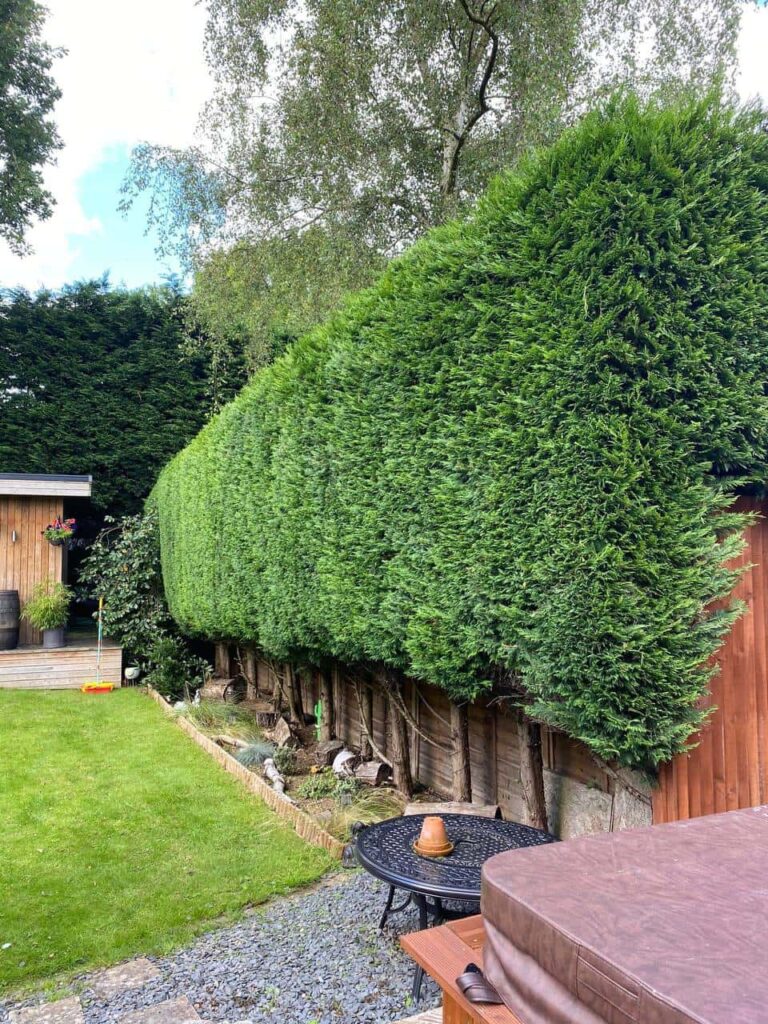Introduction
Trees are a valuable part of any landscape, but as they grow, they can begin to pose challenges—especially in built-up areas like Linton and the surrounding villages in Cambridge. Crown reduction is a highly effective tree surgery technique that addresses these challenges while preserving the health and natural form of the tree.
At Linton Tree Surgeons, we use crown reduction to manage overgrown, unbalanced, or potentially hazardous trees for homeowners, commercial sites, and estates. It’s not about hacking away at branches—it’s about expert shaping that solves practical problems and supports tree longevity. Below are nine tree issues that can be successfully resolved through crown reduction.
Key Takeaways
- Crown reduction improves safety, appearance, and structural integrity.
- Ideal for managing space, sunlight, and property boundaries.
- Prevents damage from storms and overextension.
- Encourages healthy regrowth and balances canopy shape.
- Linton Tree Surgeons delivers expert crown reductions across the Cambridge area.
1. Blocking Natural Light
Oversized tree canopies can significantly reduce natural light in gardens and homes. This can affect plant health, lawn growth, and the enjoyment of outdoor spaces.
Crown reduction allows more sunlight through by removing selective outer growth, making the tree lighter and your space brighter.
2. Branches Overhanging Buildings or Neighbours
Trees that spread across property lines or press against roofs, walls, or fences can create friction and even cause damage.
Reducing the crown’s reach helps avoid disputes, protects structures, and maintains good neighbour relations, all while retaining the tree.
3. Vulnerability to Storm Damage
Large or top-heavy trees are more likely to suffer in high winds. Crown reduction reduces the sail effect that can cause limbs to snap or trees to uproot.
By making the canopy smaller and lighter, you significantly reduce the chances of storm-related damage.
4. Structurally Weak or Overextended Limbs
Heavy or awkwardly positioned branches may start to split or crack under their own weight—especially in mature trees.
Crown reduction targets these limbs, relieving pressure and restoring balance to the overall structure of the tree.
5. Encroaching on Roads, Footpaths, or Power Lines
When branches interfere with roads, pavements, or overhead lines, safety becomes an issue—and so does visibility.
A well-planned crown reduction ensures the tree stays within a safe and legal boundary without sacrificing its presence or health.
6. Misshapen or Unbalanced Growth
Trees don’t always grow evenly. Prior pruning, weather damage, or uneven light access can lead to lopsided canopies.
Crown reduction reshapes the canopy, improving its symmetry and visual appeal while also reducing structural strain.
7. Excessive Leaf and Debris Fall
Some trees shed more leaves, twigs, or fruit than others. This can clog gutters, cover patios, and create slip hazards.
Reducing the crown decreases the volume of debris, making your property easier to maintain—especially in autumn.
8. Managing Trees in Small Gardens
Large trees in compact spaces can quickly dominate, causing root and branch problems that impact the rest of your landscape.
Crown reduction is a practical way to manage size without removing the tree, allowing it to continue thriving in a more suitable form.
9. Supporting Ageing or Veteran Trees
Older trees may struggle to support a full crown due to internal decay or weakening limbs.
Reducing the crown helps lessen the load on vulnerable sections, extending the tree’s lifespan and keeping it safe for years to come.
Conclusion
Crown reduction is one of the most effective solutions for managing tree-related issues without resorting to removal. It improves safety, protects nearby property, restores structure, and enhances the usability of your outdoor space—all while keeping your trees healthy and attractive.
At Linton Tree Surgeons, we take a precise, professional approach to crown reduction. If you’re facing any of the issues mentioned above, contact us today for tailored advice and expert service throughout Linton and the wider Cambridge area. Let us help you find the right balance between growth, safety, and beauty.
Call us on: 01223 919 495
Click here to find out more about Linton Tree Surgeons
Click here to complete our contact form and see how we can help with your tree needs.

